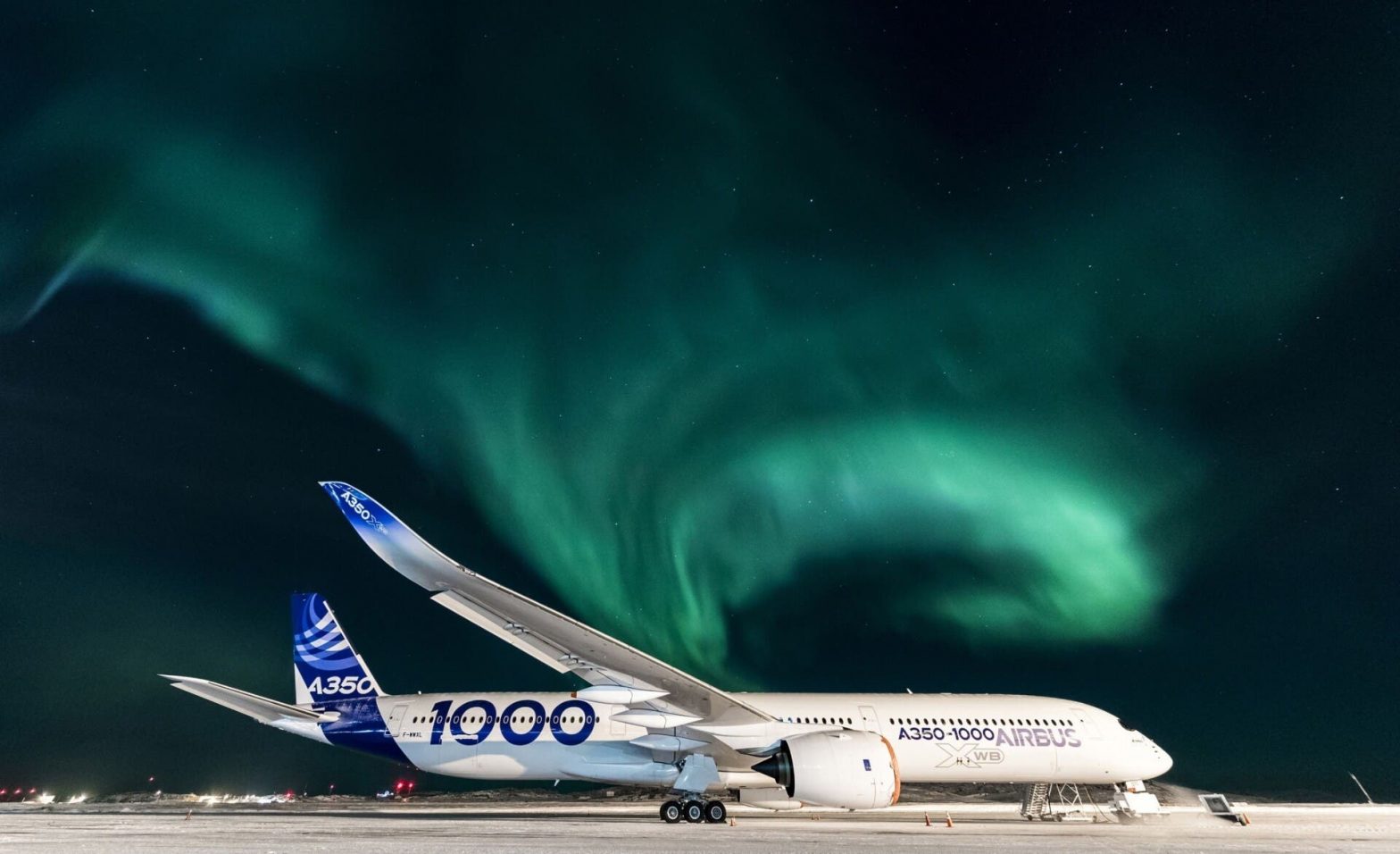Airbus has shared today that it forecasts the need for 39,000 new-build aircraft over the next two decades. With 15,250 of these deliveries set to be replacements, there will be a 13% increase in latest-generation plane deployment, meaning the vast majority of models in operation in 2040 will be modern productions.


Back stronger
Following the recovery from the pandemic, passenger activity is anticipated to rise by 3.9% annually. A growing middle class will contribute to a continued increase in tourism. It’s been noted that key regions such as South Asia and Africa are seeing their middle class grow significantly. Asia-Pacific’s middle class is expected to nearly triple in size by 2030. Meanwhile, Sub-Saharan Africa’s number is set to double.
Ultimately, new markets are emerging across the continents. For instance, it’s expected that Russia, Ukraine, and the Commonwealth of Independent States (CIS) will need 1,540 new aircraft by the time 2040 arrives amid industry shifts.


The fleet mix
While there will be plenty of new units arriving at airline fleets across the globe, the majority of these arrivals will be based on current types. Airbus recently stated that it is focused on improving existing planes. Thus, the A220 and A320 families will help fill the demand for approximately 29,700 small aircraft. Meanwhile, 5,300 A321XLR and A330neo jets are billed to handle the medium segment.


In the large division, the A350 will be the chosen one to tackle the 4,000 deliveries expected by 2040. This twinjet is already fast becoming a flagship in global fleets.
Notably, it’s not only passenger services that are contributing to the positive forecasts. There has been a surge in cargo demand in recent years, with e-commerce providing the backbone of this economy. Express cargo is expected to grow by 4.7% per year. Meanwhile, general freight, which encompasses approximately 75% of the market, is set to grow by 2.7% yearly.
With these cargo developments, the industry will need 2,400 freighters. Airbus highlights that 880 of these planes will be new productions.
Stay informed: Sign up for our daily and weekly aviation news digests.
Sustainbility missions
Nonetheless, we can still expect new models on the scene, such as the ZEROe hydrogen aircraft. Airbus notes that there has been a 53% decline in global aviation CO2 missions since 1990. With sustainability at the forefront of the industry’s operations in this next chapter, the firm will be keen to introduce this plane to fleets across the globe.


Christian Scherer, CCO and head of Airbus International, spoke about the exciting period ahead. He emphasizes that new aircraft are critical in helping airlines meet sustainability goals.
“As economies and air transport mature, we see demand increasingly driven by replacement rather than growth. Replacement being today’s most significant driver for decarbonisation. The world is expecting more sustainable flying and this will be made possible in the short-term by the introduction of most modern airplanes,” shared Scherer in a company statement.
“Powering these new, efficient aircraft with Sustainable Aviation Fuels (SAF) is the next big lever. We pride ourselves that all our aircraft – the A220, A320neo Family, the A330neo and the A350 – are already certified to fly with a blend of 50% SAF, set to rise to 100% by 2030 – before making ZEROe our next reality from 2035 onwards.”
Across the industry
Airbus’ forecast follows similar statements from Boeing in recent months. As part of its Commercial Market Outlook (CMO), the US-based manufacturer shared that it foresees a demand for more than 43,000 planes through 2040. New aircraft is set to contribute $7.2 trillion of the $9 trillion market value until 2030.
Overall, there have been considerable shifts in the market over the last few years, forcing airlines to shake up their fleets. Whether it’s regarding money or the environment, efficiency is the priority for the industry in the current climate. So airlines in all regions will be contributing to this boost of new-build aircraft.
What are your thoughts about Airbus’ forecast over the next few decades? What do you make of this next chapter in aviation? Let us know what you think of the overall prospects in the comment section.
